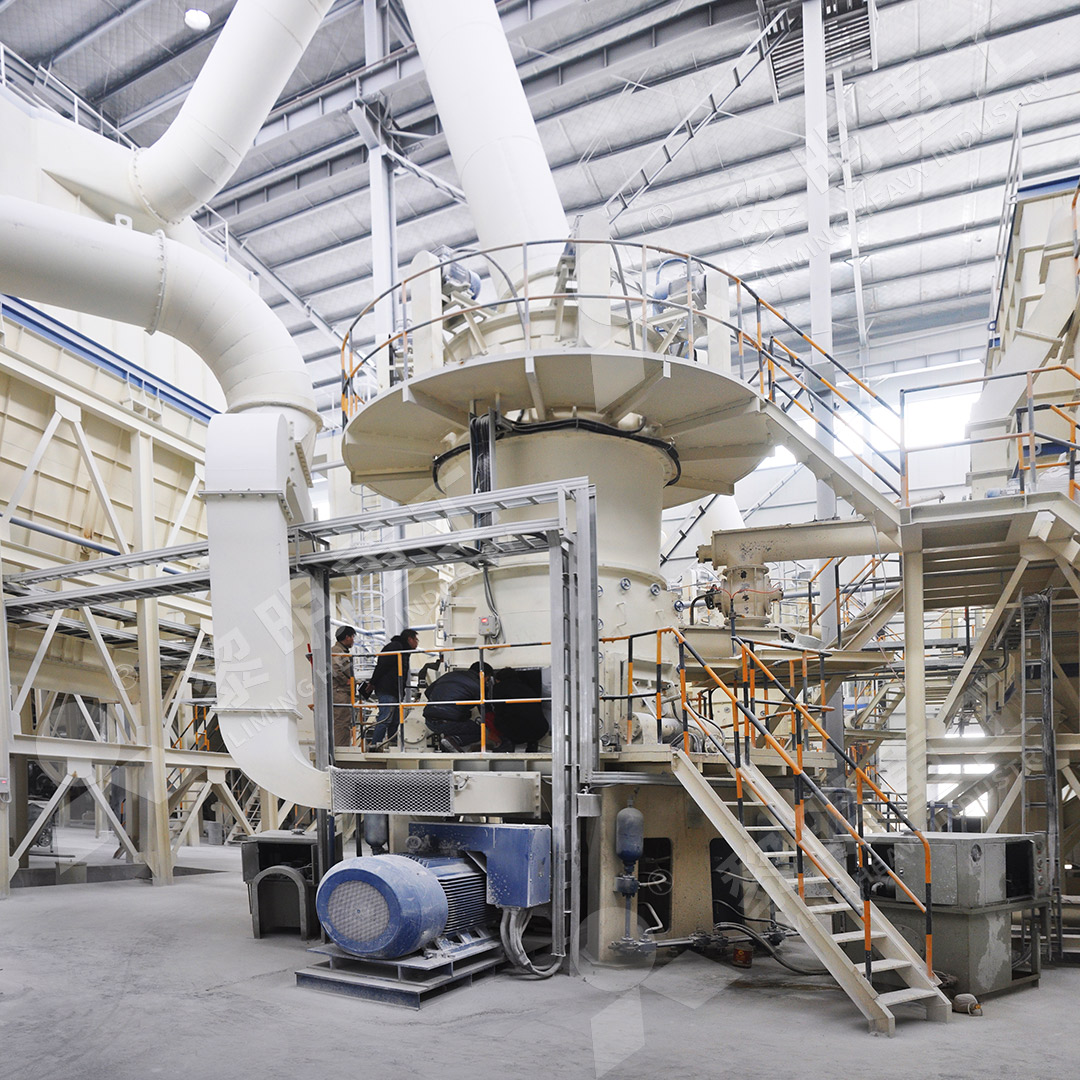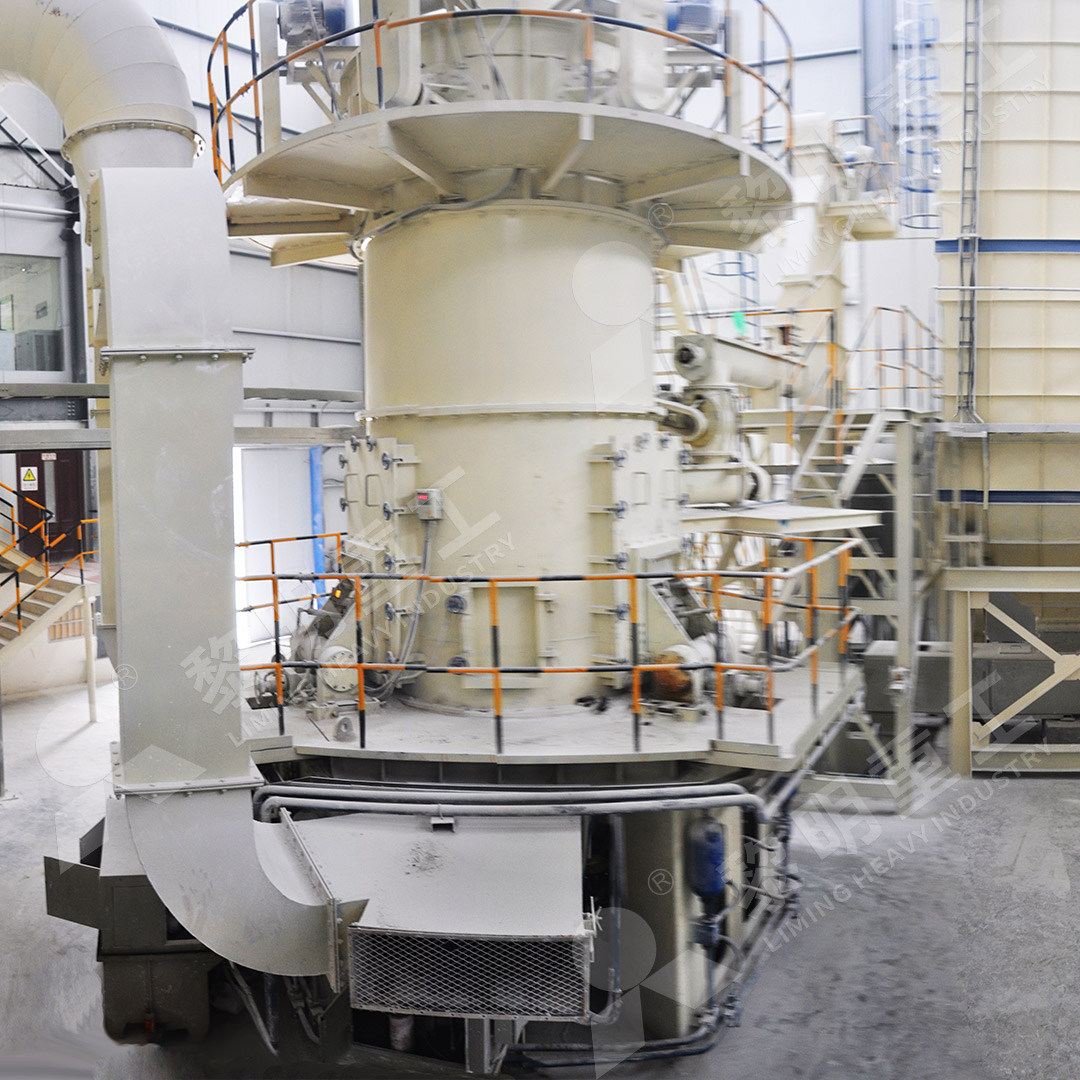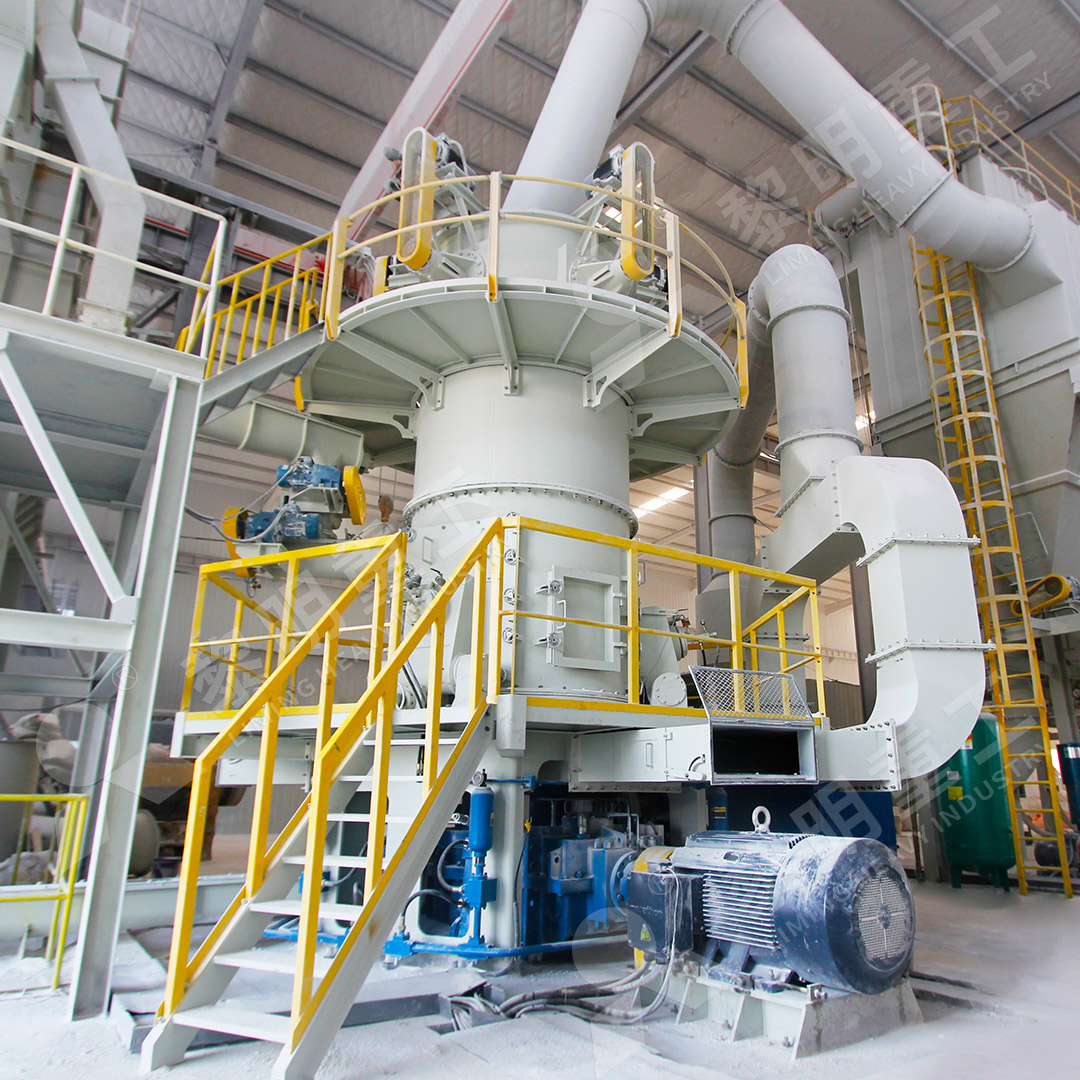Key Components for Building a Cement Vertical Roller Mill
Key Components for Building a Cement Vertical Roller Mill
Building a reliable and efficient cement vertical roller mill (VRM) requires a deep understanding of its core components and their integration. A VRM is a complex piece of machinery that performs crushing, grinding, drying, classification, and material transport all within a single, compact unit. The choice of each component directly impacts the mill’s productivity, energy consumption, and final product quality. Let’s break down the essential elements.
The Grinding Module: Heart of the Operation
At the core of any VRM is the grinding table and the rollers. The table rotates, and the rollers, hydraulically pressed against the bed of material on the table, exert immense pressure to crush and grind the feed. The design of the grinding curves on the rollers and the table liner is critical for creating a stable grinding bed and maximizing efficiency. Wear-resistant alloys are a must for these parts to ensure longevity and minimize maintenance downtime. The hydraulic system that controls the grinding pressure must be robust and precise, allowing for quick adjustments based on material hardness and feed rate.

Classification and Separation: Precision is Key
After grinding, the fine powder is carried upwards by the gas flow to the classifier. This is where the product’s final fineness is determined. Modern VRMs use highly efficient, cage-type powder selectors or dynamic classifiers with adjustable rotor speeds. This technology allows for precise cuts, ensuring that only particles meeting the specified fineness (e.g., Blaine target) leave the mill, while coarse material is rejected back to the grinding table for further size reduction. The efficiency of this separator directly influences the mill’s power consumption and product quality, preventing over-grinding.
Drive and Reducer System: Delivering the Power
The main reducer and motor form the powerhouse of the VRM. They must reliably transmit significant torque to rotate the heavy grinding table. Planetary gearboxes are commonly employed for their high power density and durability. The design must account for not only the continuous grinding loads but also the potential shock loads from tramp metal or fluctuating feed conditions. A well-designed drive system ensures smooth, vibration-free operation, which is essential for the longevity of all mechanical components.
Drying and Air Flow: The Unsung Hero
In cement grinding, moisture removal is often as important as size reduction. The hot gas generator (usually from a clinker cooler or a dedicated furnace) provides the hot air that dries the raw feed as it is ground. The air flow system, comprising a main fan, ducting, and dampers, must be carefully balanced. It provides the necessary velocity to transport the ground material to the classifier and out of the mill. Insufficient air flow leads to material settling and poor transport, while excessive flow wastes energy and can lead to high fan wear.

Choosing the Right Mill for Ultra-Fine Applications
While standard VRMs excel with clinker and slag, some applications demand even finer products. For projects requiring ultra-fine powders in the range of 325-2500 meshes, a specialized mill is necessary. For these demanding scenarios, we highly recommend considering our MW Ultrafine Grinding Mill. This machine is engineered for customers who need to make ultra-fine powder and is a perfect complement to traditional VRM circuits. It features a high-precision, German-technology cage-type powder selector that allows you to accurately adjust fineness. A key advantage is its design with no rolling bearings or screws in the grinding chamber, eliminating worries about bearing failures or loose screws causing damage. Furthermore, its efficient pulse dust collector and muffler ensure the entire production process is eco-friendly, with minimal dust and noise pollution. It’s an ideal solution for producing high-value additives or for advanced material processing where superior fineness is non-negotiable.
Control and Automation: The Brain
Modern VRMs are not complete without a sophisticated control system. A PLC-based system continuously monitors critical parameters like grinding pressure, bearing temperatures, motor load, fan speed, and material feed rate. Expert systems can automatically adjust these parameters to optimize production, maintain consistent product quality, and protect the equipment from harmful operating conditions. Remote monitoring capabilities allow for predictive maintenance, reducing unplanned stops.

Conclusion
Successfully building and operating a cement vertical roller mill hinges on the seamless integration of these key components. From the brute force of the grinding module to the precision of the classifier and the intelligence of the control system, every part plays a vital role. Investing in high-quality, well-engineered components and advanced technologies, like those found in our MW Ultrafine Grinding Mill for specialized applications, pays dividends through higher availability, lower operating costs, and a superior final product.
